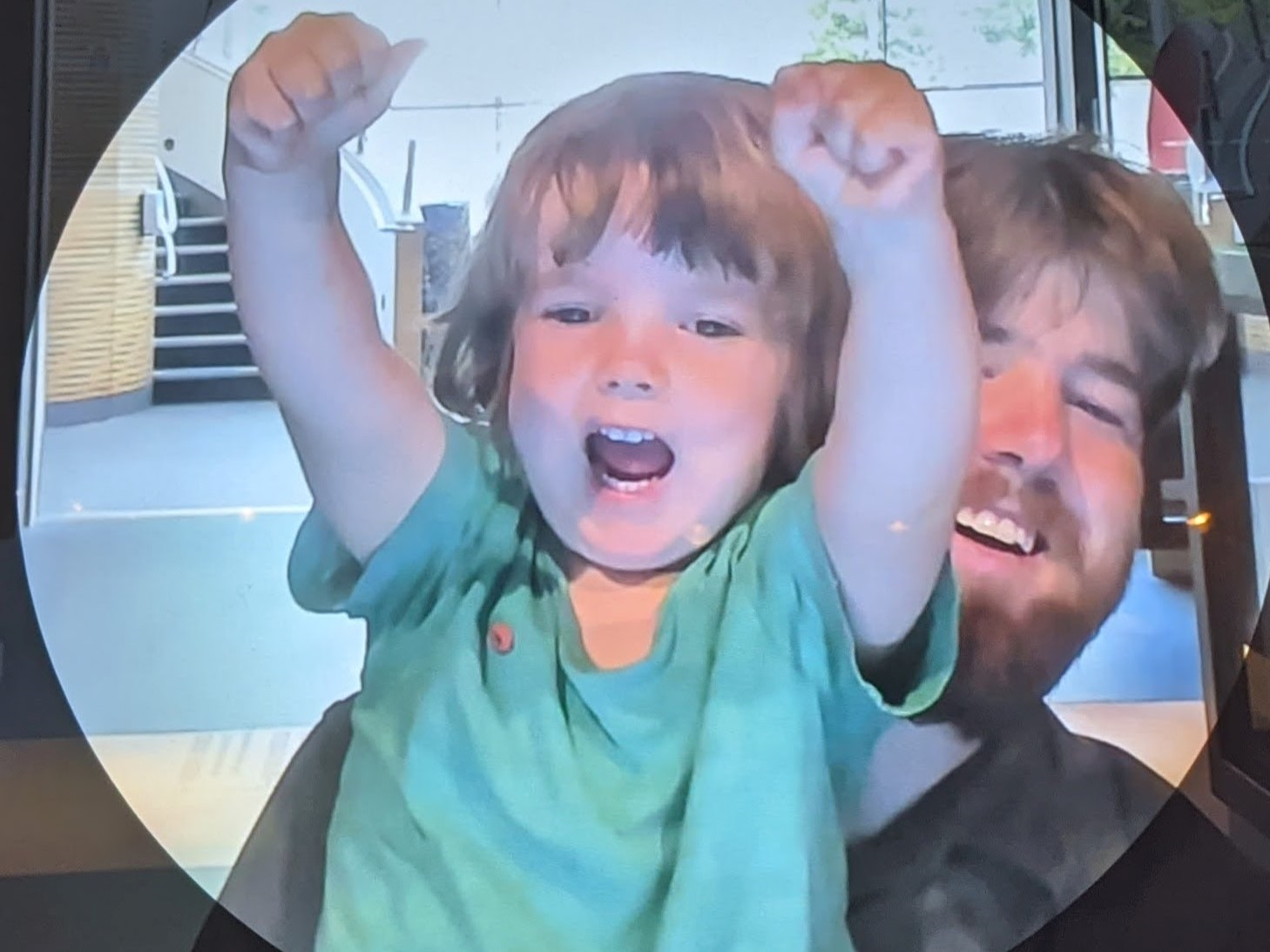AI for EEG
Overview
Electroencephalography (EEG) is a cornerstone clinical tool for diagnosing and monitoring neurological conditions like epilepsy, sleep disorders, and brain injuries. However, clinical EEG interpretation faces significant challenges, including a shortage of expert interpreters and inherent variability between human analysts.
My research addresses these challenges through state-of-the-art machine learning methods, leveraging deep neural architectures, transformer models, and multi-instance learning frameworks. Our team at UWE Bristol has achieved groundbreaking accuracy, significantly surpassing conventional methods and achieving or exceeding human inter-rater agreement benchmarks.
Key Contributions
- Transformer-Based EEG Classification: Applied transformer architectures to EEG interpretation, dramatically improving accuracy on standard datasets (e.g., TUAB).
- Multiple Instance Learning: Pioneered treating EEG interpretation as a multiple-instance learning problem, significantly enhancing model robustness.
- Multimodal Data Fusion: Integrated EEG data with contextual clinical information to create richer, more informative diagnostic systems.
Selected Publications
- Zhu et al., “Scope and Arbitration in Machine Learning Clinical EEG Classification,” IEEE Signal Processing in Medicine and Biology Symposium, 2023. Link
- Zhu et al., “Window Stacking Meta-Models for Clinical EEG Classification,” 2024. Arxiv
- Zhu and Western, “Adapting Deep Learning Audio Models for Abnormal EEG Classification,” IEEE-EMBS International Conference on Biomedical and Health Informatics, 2024. Link
- Western et al., “Automatic Report-Based Labelling of Clinical EEGs for Classifier Training,” IEEE SPMB, 2021. Link
Current and Future Directions
My ongoing focusses on clinical translation of these advanced AI methods, particularly:
- validation against real-world NHS datasets within a secure data environment.
- wrapping the core tech with interfaces to support clinical integration.
- exploring novel business models for trustworthy commercialisation of health data technologies.
Acknowledgements
Much of this work was supported by Yixuan Zhu’s PhD studentship, jointly funded by Southmead Hospital Charity and UWE Bristol.
